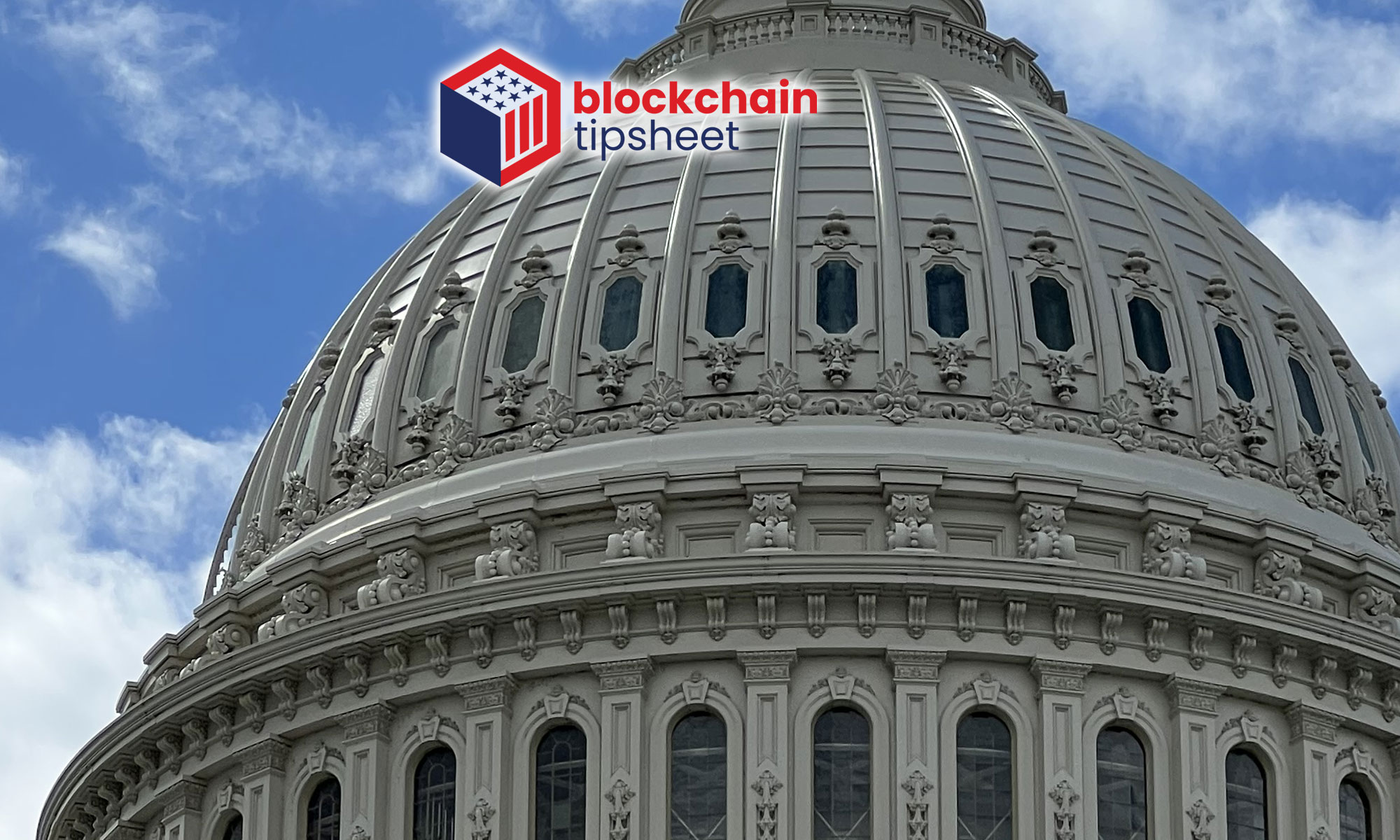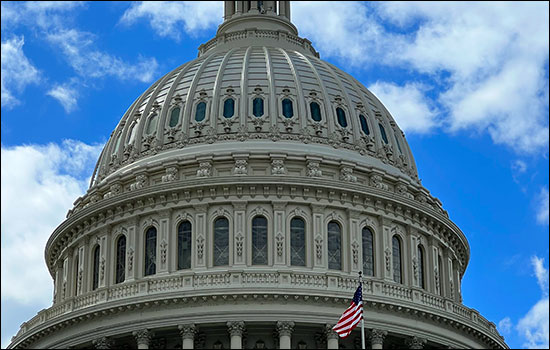Clearly not all stablecoins are stable as crypto experienced a major liquidation moment this past week. How this will affect blockchain regulation in DC remains to be seen, but there is opportunity.
To recap, the stablecoin known as TerraUSD (a.k.a UST -its ticker) went down 90+% and the governance token associated with its peg – Terra LUNA – cratered a similar percentage. Together, the size of the loss is reminiscent of Lehman Brothers and its bankruptcy during the Great Financial Crisis in 2008.
Market cap comparison:
-
- Lehman Brothers – $60 billion at its peak in 2007. Filed for bankruptcy and effectively went to zero in late 2008.
- TerraUSD – $18.6 billion market cap as of May 8, 2022. Approximately $2 billion as of today according to CoinMarketCap.
- Terra LUNA – The backing governance token for TerraUSD reached a peak market cap of $41.05 billion as of April 3, 2022. Today, it’s $1.8 billion.
It should be noted that the remaining value for TerraUSD and Terra LUNA could be fleeting as traders try to play an arbitrage opportunity. But, overall the future of both appears bleak.
For now, the promise of providing stability in volatile crypto markets with stablecoins appears to be damaged. False advertising? How will government policymakers react?
Let’s start with…
What is a Stablecoin?
According to Oxford Languages via Google: “Any cryptocurrency designed to have a relatively stable price, typically through being pegged to a commodity or currency or having its supply regulated by an algorithm.”
Investopedia goes a bit further with its definition: “Stablecoins are cryptocurrencies the value of which is pegged, or tied, to that of another currency, commodity or financial instrument. Stablecoins aim to provide an alternative to the high volatility of the most popular cryptocurrencies including Bitcoin (BTC), which has made such investments less suitable for wide use in transactions.” Importantly, stablecoins are also used to easily buy other cryptocurrencies on crypto exchanges as well as for earning interest, staking and more.
The stablecoin TerraUSD tried to set itself apart from the pack by being decentralized which is known as an “algorithmic stablecoin” and uses an algorithm to maintain its peg -or constant value. Decrypt adds, “It aims to maintain its peg to the U.S. dollar through a network of arbitrageurs, who buy and sell Terra’s volatile cryptocurrency, LUNA (also, confusingly, known as Terra).”
Stablecoins versus Bitcoin and Ethereum
In January, CB Insights noted that there were over 200 stablecoins globally with a total market cap of $130 billion which incidentally included “two USD-backed stablecoins, the Paxos Standard (PAX) and Gemini Dollar (GUSD), have been approved and regulated by the New York State Department of Financial Services.” This regulation dates back to 2018.
So what’s more reliable: a stablecoin or more mature cryptocurrencies such as Bitcoin and Ethereum? First, Bitcoin and Ethereum are not stablecoins. Each are their own currencies with attendant volatility. Bitcoin has a strong “hard money” narrative and Ethereum is moving from proof-of-work (PoW) to prove-of-stake (PoS) and its “merge” narrative which will make the cryptocurrency more scarce among other properties.
As for the stablecoin ecosystem, which includes products such as USDC and USDT, a.k.a. Tether, the real question appears to be about algorithmic stablecoins in particular (like Terra) and the importance of how a stablecoin is backed in general. For regulators and Congress seeking to provide investor protection to cryptocurrencies, this event will likely lead to more intense scrutiny.
DC reaction
On Wednesday, Senator Pat Toomey (R, PA) said in a conference call with reporters that the event “illustrates what many folks have observed, which is the danger that a certain mechanism designed for maintaining the value of a [stablecoin] might be inherently unstable. (…) I think it’s important to distinguish between algorithmic stablecoins that use this or some other kind of mechanism, versus the stablecoins that are backed by cash or cash equivalents. (…) I think it’s the latter category of stablecoins that is much more likely to be adopted as a medium of exchange.”
Sen. Catherine Cortez Masto (D, NV) said, “We do need a regulatory framework for stablecoins. (…) Last week, Fabio Panetta, one of the European Central Bank’s six executive board members, noted that the cryptocurrency market is now larger than the subprime mortgage market, which triggered the global financial crisis.”
Sen. Sherrod Brown (D, OH), chairman of the Senate Banking committee, told The Block, “that the recent fall of TerraUSD’s peg ‘underscores the seriousness of [cryptocurrency’s] threat to the financial system, because it’s unregulated.'”
US Treasury Secretary Janet Yellen urged in a hearing that stablecoin regulation be approved by Congress by the end of the year: “I wouldn’t characterize it at this scale as a real threat to financial stability but they’re growing very rapidly. (…) They present the same kind of risks that we have known for centuries in connection with bank runs.”
On Thursday, SEC Commissioner Hester Peirce appeared on an industry panel sponsored by the Official Monetary and Financial Institutions Forum (OMFIF) and commented on the stablecoin debacle according to CoinTelegraph: “We need to allow room for there to be failure because that obviously is part of trying new things and our framework really does allow for that kind of trial and error. I hope that we will use it for that purpose.” Later, she added, “You might say ‘stablecoin’ and one stablecoin might look nothing like another stablecoin. I think it’s very important to approach all the conversations in crypto with an understanding that there’s a lot of variation which makes it difficult to craft a regulatory framework.”
Finally, investor Anthony Scaramucci told Politico, “[SEC Chair] Gary Gensler and [Senator] Elizabeth Warren are going to use it as totems to block, curtail, slow down the industry – no question that they’re going to do that.”
There are two sides to this crypto regulation “coin” as it relates to the stablecoin unraveling. One is the urgency around protecting investors and – most importantly – the financial system writ large. The other is the potential for Congress to become less interested in providing clear direction and on-ramps for the investment in crypto due to potential declining interest by voters as losses and suspicion mount. Crypto could become ‘a bad look.’
With several bills (get Cap Hill Crypto’s stablecoin spreadsheet) in the works, there appears to be ample opportunity for Congress to get its arms around stablecoins and plot a way forward.
Among the bills:
-
- Senator Toomey’s “The Stablecoin Trust Act of 2022“
- The Stablecoin Transparency Act from Senator Bill Hagerty (R, TN) and Rep. Trey Hollingsworth (R, IN)
- The Digital Commodity Exchange Act led by Rep. Glenn Thompson (R, PA)
- Stablecoin Innovation and Protection Act from Rep. Josh Gottheimer (D, NJ) who released a discussion draft in Feb. 2022
- And, Rep. Donald Beyer (D, VA) introduced the “Digital Asset Market Structure and Investor Protection Act” introduced in 2021
Rep. Gottheimer’s proposal suggests involvement by the Office of the Comptroller of the Currency (OCC) with oversight authority of certain stablecoins as well as adding responsibilities for the Federal Deposit Insurance Corporation (FDIC) which would create a “Qualified Stablecoin Insurance Fund to manage the insurance of redemption payments of non-bank issuers.”
Get more
-
- Critics see risk in ‘algorithmic’ stablecoins – Roll Call, May 3, 2022)
- Britain will reveal crypto regulation plans in coming weeks, sources say – CNBC, March 27, 2022
- Blockchain Association’s Jake Chervinsky “On algorithmic stablecoins & the UST collapse” – Twitter
- TerraUSD on Twitter – Twitter

